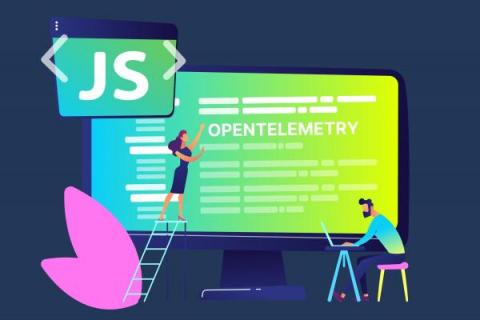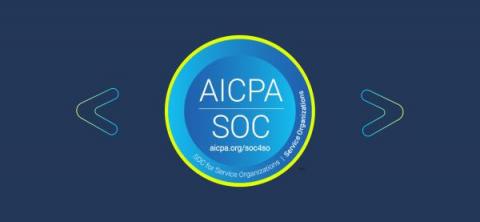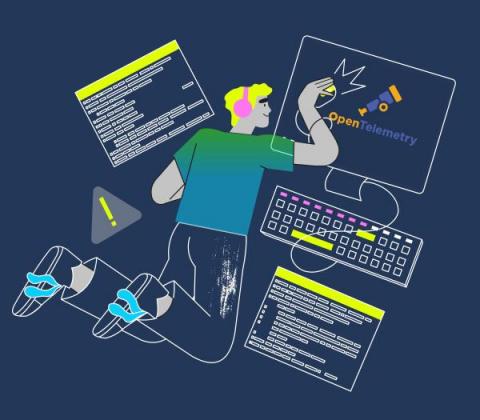When code fails in production - and how to fix it in minutes
All developers know that moment when, after we’ve reviewed everything and completed our sanity tests, our code somehow doesn’t work in production. The question is, how quickly and easily can we discover the problem so that we can continue delivering features faster and more confidently to our users?










